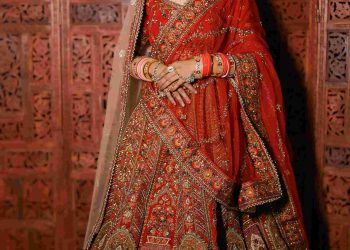Modern Street Style Fashion Trends
The Bold Evolution of Streetwear
Street style isn’t just a subsection of fashion. It’s a movement, an unapologetic rebellion against traditional fashion codes, and a vivid reflection of cultural evolution. What started as an underground expression of youth discontent has now evolved into a multi-billion-dollar global industry. Street style showcases the intricate interplay between individuality and collective identity, shaping the way we see fashion in an era where authenticity reigns supreme.
As a teenager, I remember the thrill of saving up for a pair of limited-edition sneakers. To me, those weren’t just shoes—they were a badge of identity, a fusion of personal tastes and cultural affiliation. Now, decades later, I witness the same enthusiasm in Gen Z, albeit with new twists: oversized silhouettes, bold graphics, and a penchant for mixing vintage with tech-inspired designs. But what lies beneath the surface of this ever-evolving phenomenon?
Challenging Conventions: Fashion vs. Function
It wasn’t long ago that luxury brands dismissed streetwear as frivolous or unsophisticated. Yet today, some of the most prestigious fashion houses have merged their archives with streetwear’s raw energy. Why? Because streetwear challenges the conventional dichotomy of fashion versus function. It goes beyond aesthetics to embrace practicality and identity simultaneously.
The baggy cargo pants may seem chaotic to a traditionalist, but they signal a deeper cultural shift. They reflect a world where adaptability and preparation are integral in a fast-changing society. Why shouldn’t your fashion prepare you for unpredictability, whether that involves riding an e-scooter across town or coding at a tech start-up? Artists and designers are integrating multiple disciplines—urban planning, technology, and even psychology—into their pieces, creating garments that speak not only to style but to the demands of modern life.
The Fusion of Technology and Textile
The future of street fashion isn’t limited to aesthetics—it lies at the cutting edge of technology. From smart fabrics that adapt to weather conditions to augmented reality collaborations that bring garments to life, streetwear is charging ahead into the tech revolution. Imagine jackets that monitor air quality or sneakers embedded with fitness-tracking technology. These aren’t far-off concepts—they’re being developed as we speak.
One trailblazer in this arena is the growing intersection between blockchain and fashion. Brands are exploring NFTs (Non-Fungible Tokens) to authenticate limited-edition pieces, creating a bridge between physical and digital ownership. Think about it: What if your next hoodie not only made a style statement in the real world but also displayed your individuality in the metaverse?
Cultural Storytelling Through Fashion
Street style is also a canvas for storytelling. Every garment, patch, or graphic element carries a narrative, often borrowing inspiration from art, politics, or music. Recently, we’ve seen a rise in garments celebrating underrepresented voices—punk-inspired jackets with feminist slogans, ethnically-inspired embroidery integrated into bomber jackets, and graffiti-style prints showcasing contemporary socio-political issues.
It’s here that streetwear not only challenges mainstream fashion but also defies mainstream thinking. Philosophically, it aligns with the ideas of existentialism: Why follow predefined rules when you can create your own? Much like the thinkers who defy convention, modern designers encourage us through their pieces to embrace individuality unapologetically.
Looking Forward: What’s Next for Streetwear?
The sustainability conversation is impossible to ignore in contemporary fashion discussions. As streetwear continues to dominate the landscape, the pressure is mounting for brands to focus on environmental consciousness. Upcycling, biodegradable materials, and ethical production are no longer optional—they’re essential.
Additionally, we foresee more collaborative efforts across industries. Picture this: collaborations between sneaker brands and urban developers to create sidewalks that seamlessly integrate with footwear technology. Or consider how artificial intelligence might personalize garment designs based on user data, making every purchase a unique expression of the consumer’s style and needs. The possibilities are boundless.
Ultimately, what sets street style apart is its ability to morph and adapt. Unlike more rigid forms of fashion, its fluidity is its greatest asset. It thrives on experimentation, ensuring that its future remains just as bold, diverse, and impactful as its past decades. By embracing continuous learning, designers, wearers, and innovators alike have the power to push boundaries even further.













